Edouard Malingue Gallery, Shanghai will present the first exhibition in Mainland China by Turkish artist Nuri Kuzucan from May 12 to June 17, 2018. Born in 1971 in Zara, Turkey, Nuri Kuzucan graduated from Mimar Sinan University, and later also obtained a Master’s degree in social sciences at the same university. Kuzucan currently lives in Istanbul, Turkey.
To understand Kuzucan’s oeuvre, one must understand the city he lives in. As the main metropolis of Turkey, Istanbul is the country’s epicentre of economics, culture and history. As the city straddles between Europe and Asia, Istanbul is a cultural and religious melting pot of East and West. Once the capital of the Eastern Roman Empire, the Byzantine Empire, as well as the Ottoman Empire, Istanbul has preserved a diverse range of cultural heritage, with ancient museums, cathedrals, mosques, souks, palaces, as well as a stunning natural scenery. It is important to remember that the artist and his art originated in this city which overwhelms the senses of visitors from around the world.
Istanbul is situated in hilly terrain overlooking the Bosporus. In the early 1990s, when one looked out on the horizons, one only saw minarets jutting out. Under the influence of global neo liberal economics for the past two decades, Istanbul has gradually transformed itself to become an international city. From 2000 onwards, the soaring skyscrapers of Istanbul manifest an all new architectural scene. This storm of urban reformation has not only transformed the urban landscape of this city with over 2600 years of history, but more importantly it has also transformed the sensorial experiences of its inhabitants along with their ways of life and modes of production, spurring a cultural and artistic paradigm shift along the way. In “My Name Is Red”, Orhan Pamuk describes the irresolvable conflicts between Ottoman miniatures and Frankish portraits in sixteenth-century Istanbul, involving the question of which, out of the essence of Islam and the profundity of miniature painting, and Frankish portraits with their perspectives and high degree of verisimilitude, actually was the eternal art ? Such cultural conflicts does not affect or shape today’s Turkey. Instead, contemporary Turkey has given the best answer: we only have one civilisation, and that is the civilisation of all of humanity.
The understanding of the historical and cultural background of Istanbul helps us to interpret Nuri Kuzucan’s paintings. The city’s modern architecture, spaces as well as the interplay of lights and shadows make up an overriding theme in Kuzucan’s paintings: lines, patches of colour, and geometric contours portray the cross-sections of the city from different angles and distances. These are the new areas of Istanbul, and yet they also seem to resemble New York, Hong Kong, or any other global metropolis. The standardisation of cities has provided convenience for commercial trading and exchanges, and indeed offers a certain degree of ease and comfort due to a sense of familiarity and safety. Conversely, such form of standardisation accompanying with generic human behaviour and thoughts are gradually eroding the cultural identity of the city. Kuzucan’s treatment of colours in his work deploys a certain calm, confidence, and joy; with large amounts of black, white, and gray, along with occasional dashes of colour, the human figure has never needed to appear in his work—because behind all these structures are subjects of the modern era like us, compelled to similar actions and thoughts like similar architectures and spaces, which conceal the potential to remake and refashion humanity. With his paintings, Kuzucan sketches out his reflections concerning the spectacle of a new civilisation in a new global era: in humanity’s most genuine civilised life, there ought not exist any false and empty “global standards”.
With respect to the internal geometric shapes in the picture plane, Kuzucan undertakes a rigorous, meticulous design and perspectival calculation. Through aligned arrangements, overlaps, transformations, he reveals his perspective to the audience and highlights the characteristics of the architecture. One sees closed or half-open windows, other architectural structures reflected on the glass walls, the lights inside buildings at night, and an undulating horizon. Instead of pursuing what seems absolutely perfect or integral, Kuzucan emphasises on the internal balance and harmony of the painting to an apt degree. For Kuzucan, the shifts in the viewer’s perspective as well as the changes in the light and shadow of the exhibition space could complement the work. For this show at Edouard Malingue Gallery, Kuzucan has titled the exhibition “n a m e”. With anonymous images, shapes, and structures much like coding, Kuzucan has constructed scene after scene — yet he imagined that these scenes could perhaps be named by viewers and thus granted unimagined meanings and memories.
///
Capturing our complex surroundings with the dramatic or conversely tranquil aura of his strokes. Whether from an aerial or panoramic viewpoint, layers and folds of interior and exterior spaces are manifested in each of his paintings, executed in dark, light or colourful tonalities. Nuri Kuzucan explores the complex geometries of dense urban landscapes, showing how modern metropolises across the world have become signifiers and quantifiers of modern living, how architecture determines people’s actions and thoughts. He gained a degree in Painting, as well as a Science Masters from Mimar Sinan University of Fine Arts in Istanbul. His paintings have been the focus of multiple solo and group exhibitions in Turkey and around the world, from Basel to Berlin and Dubai. His work is additionally held in collections such as Istanbul Museum of Modern Art.
n a m e
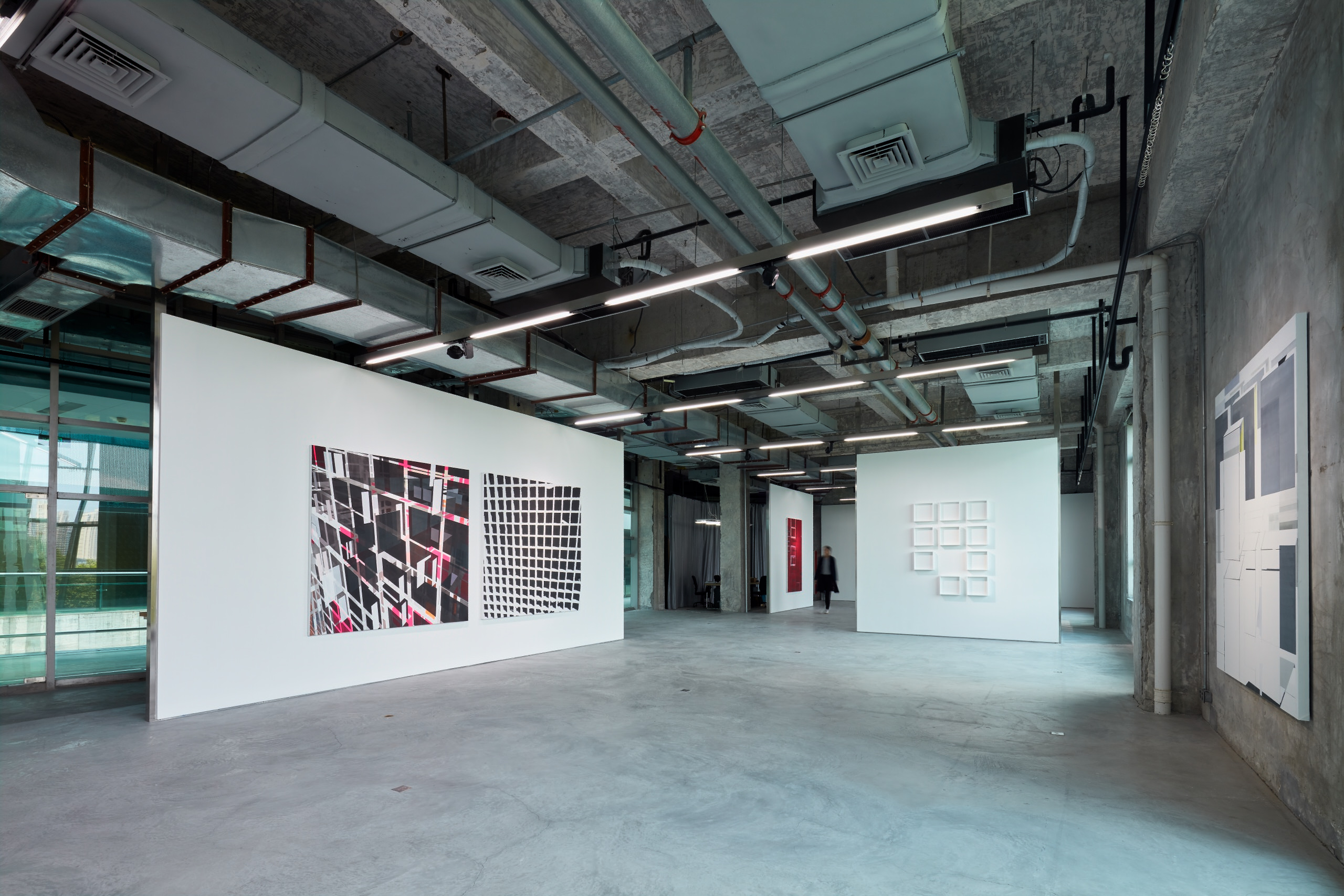
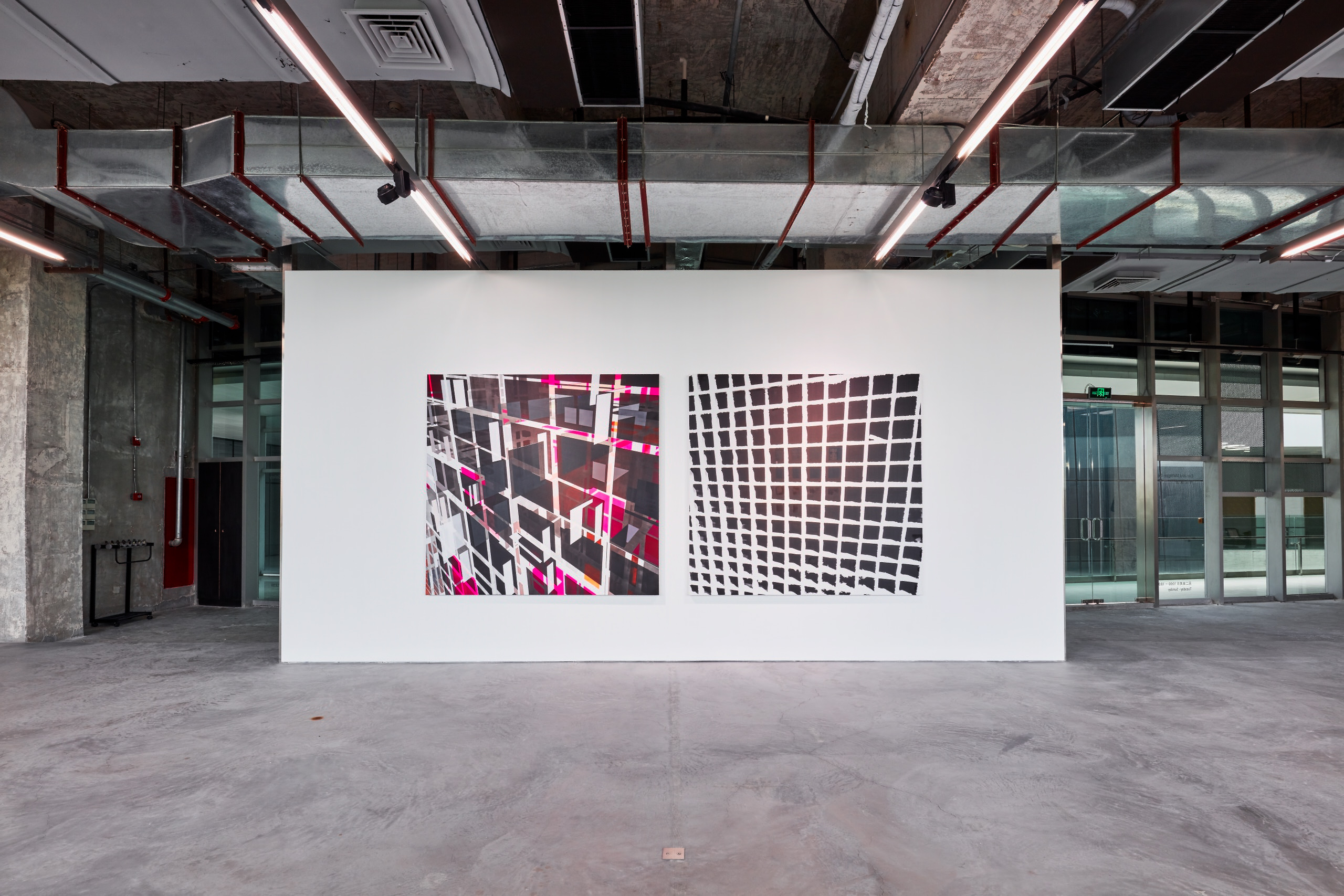
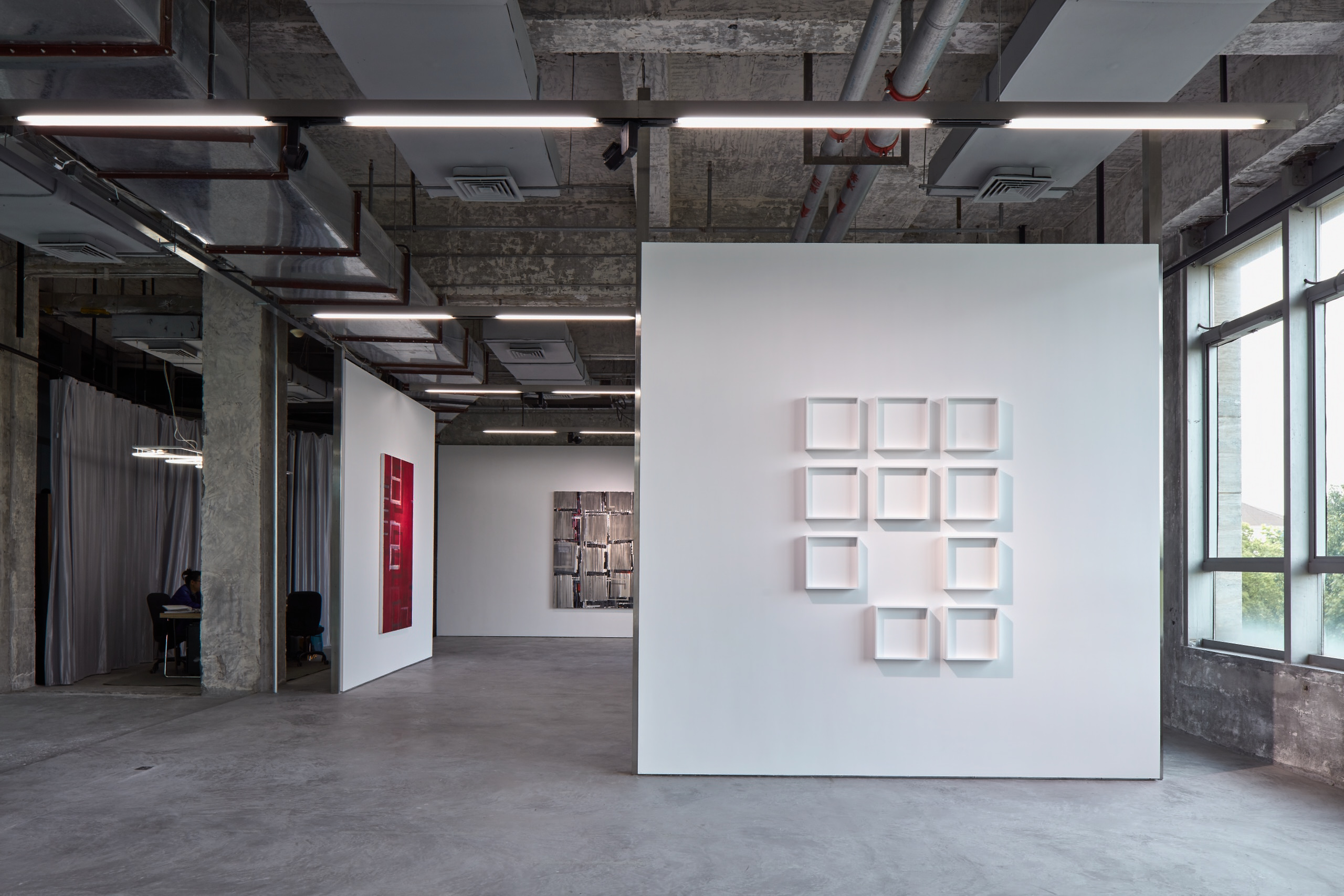
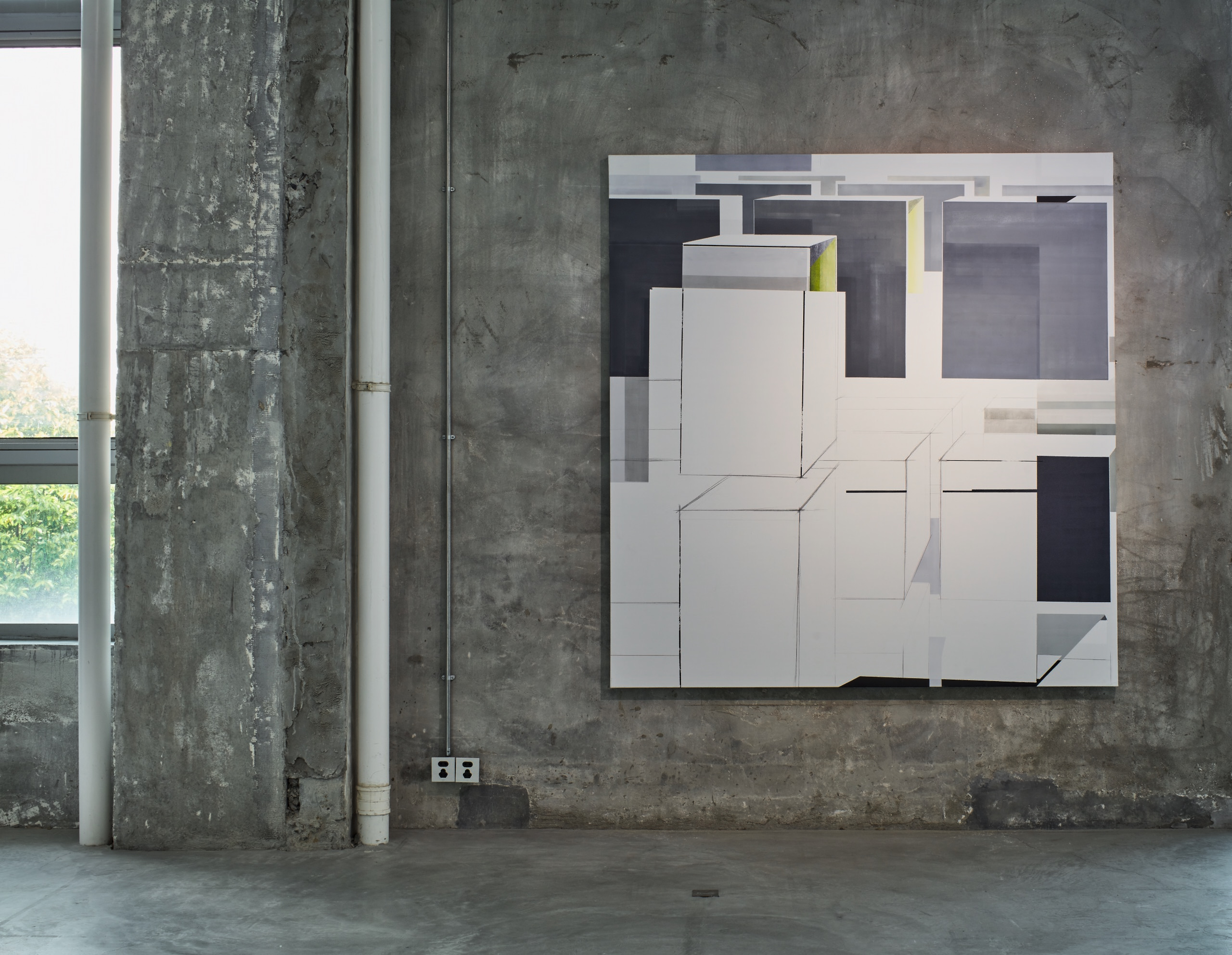

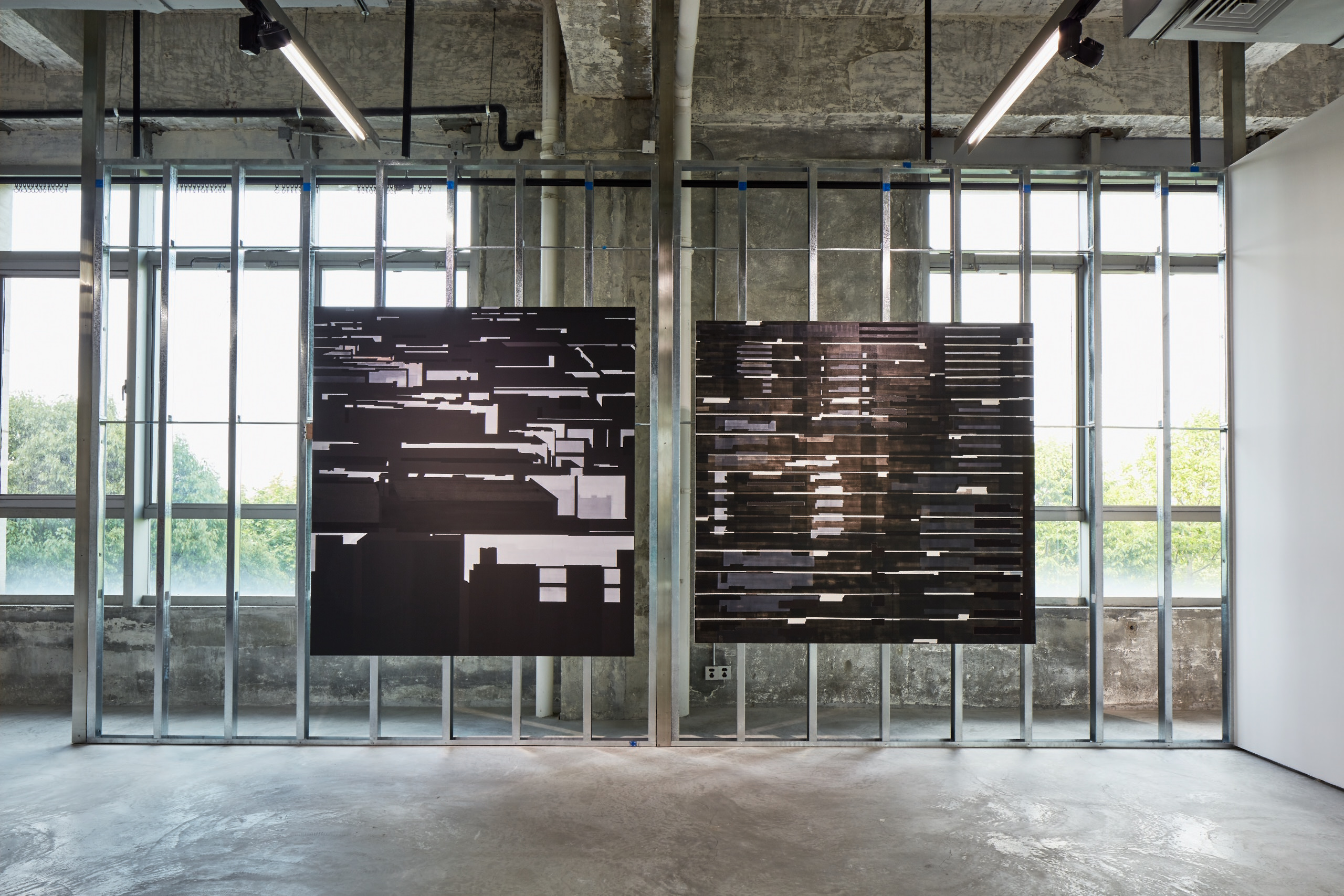
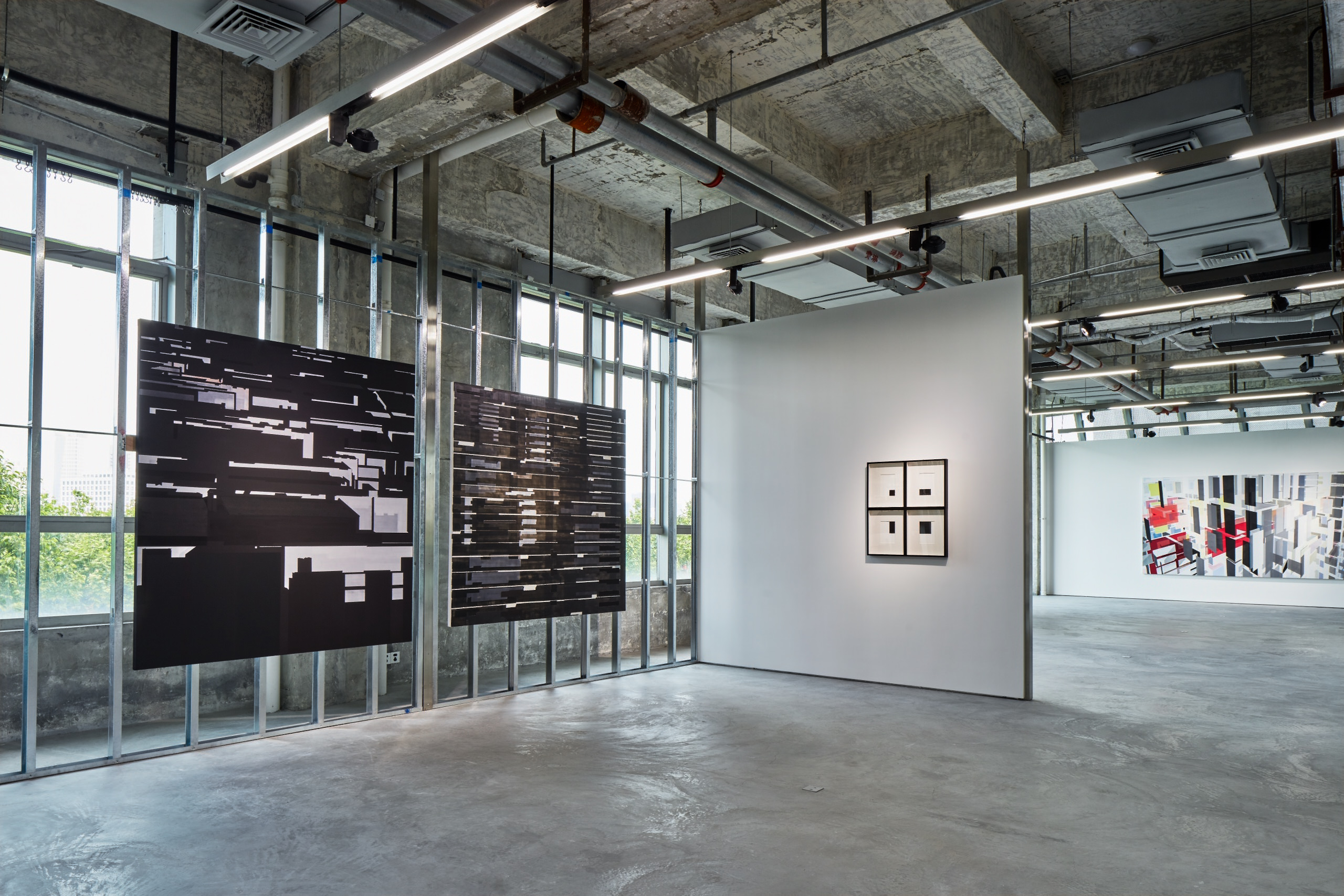
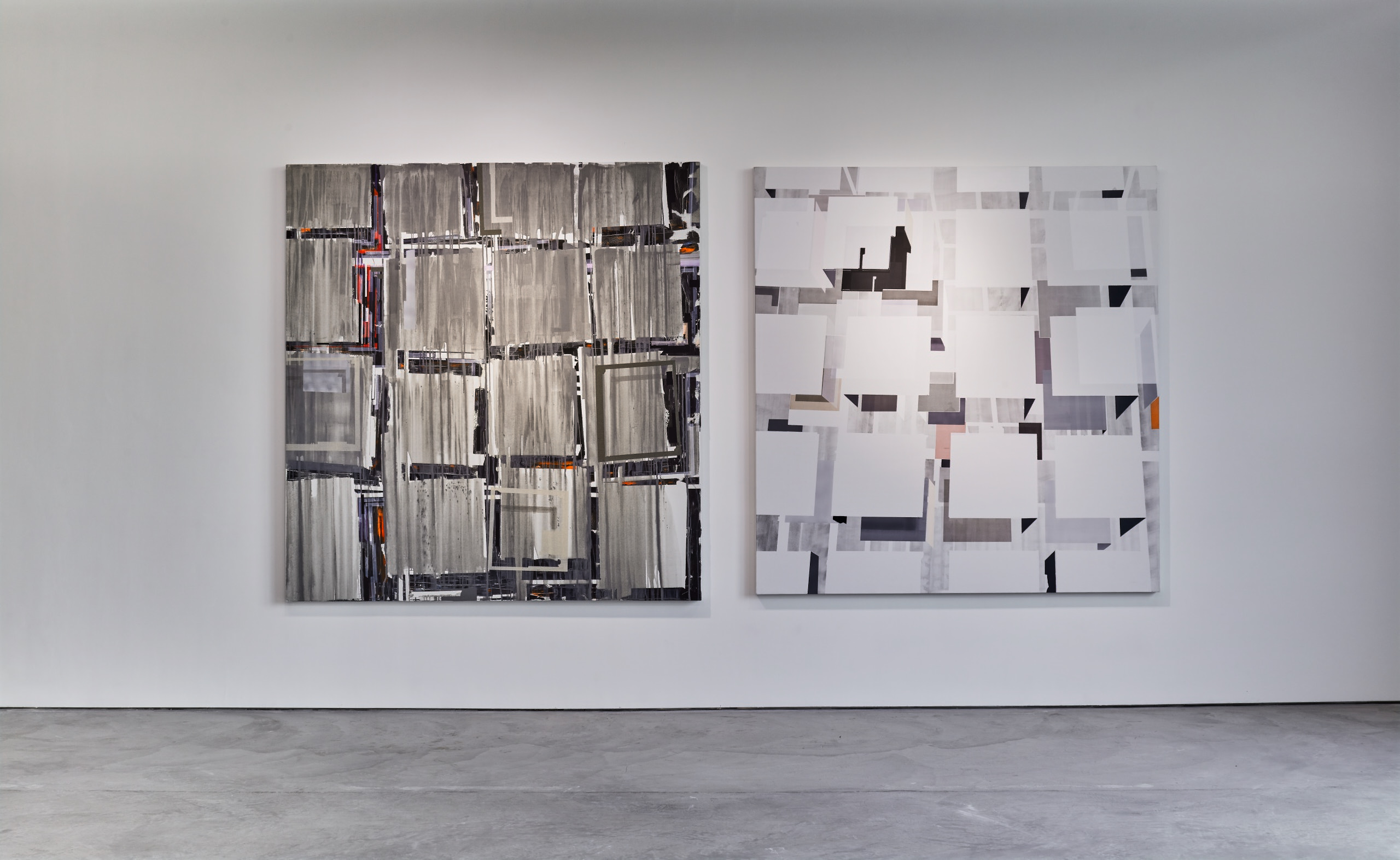
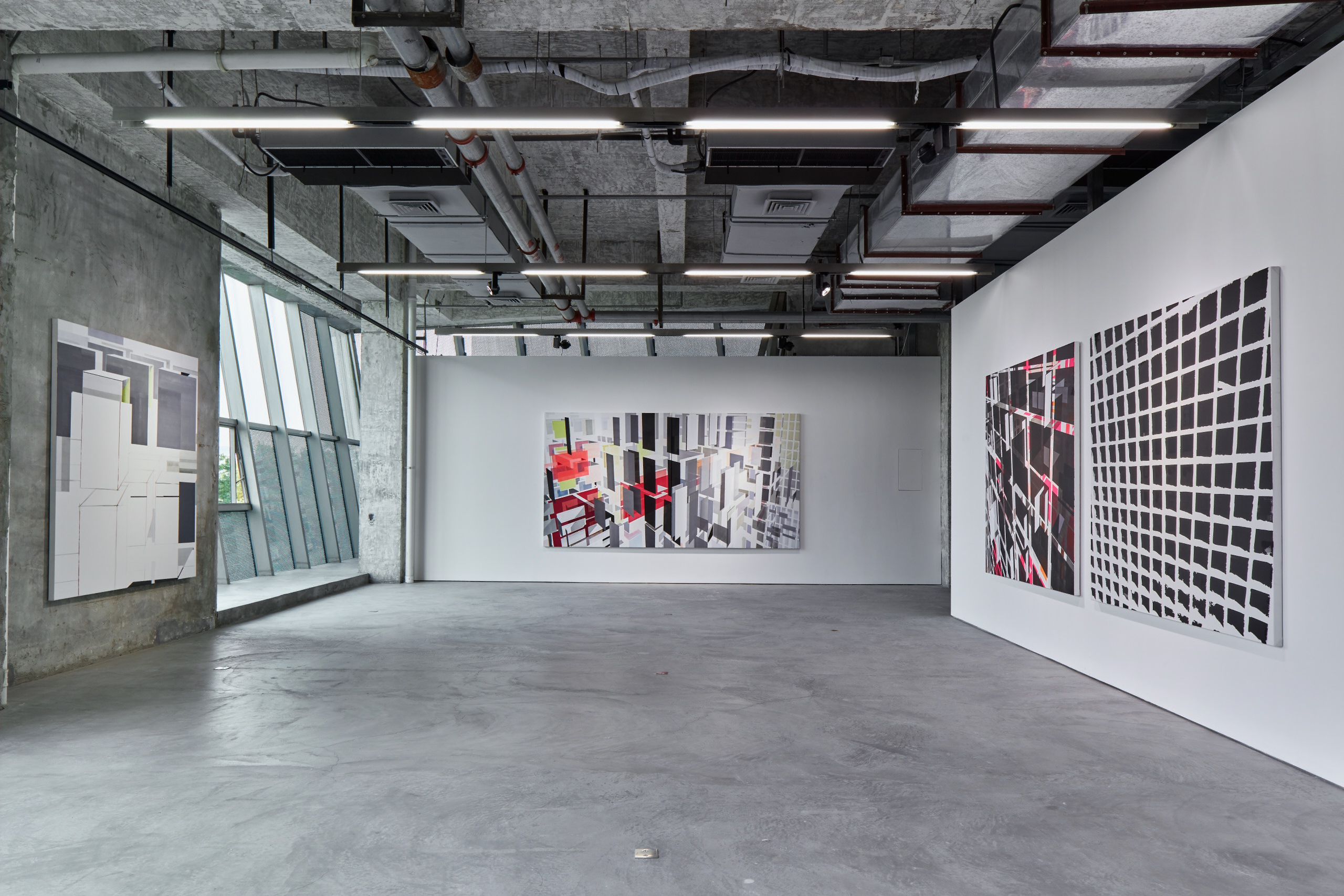
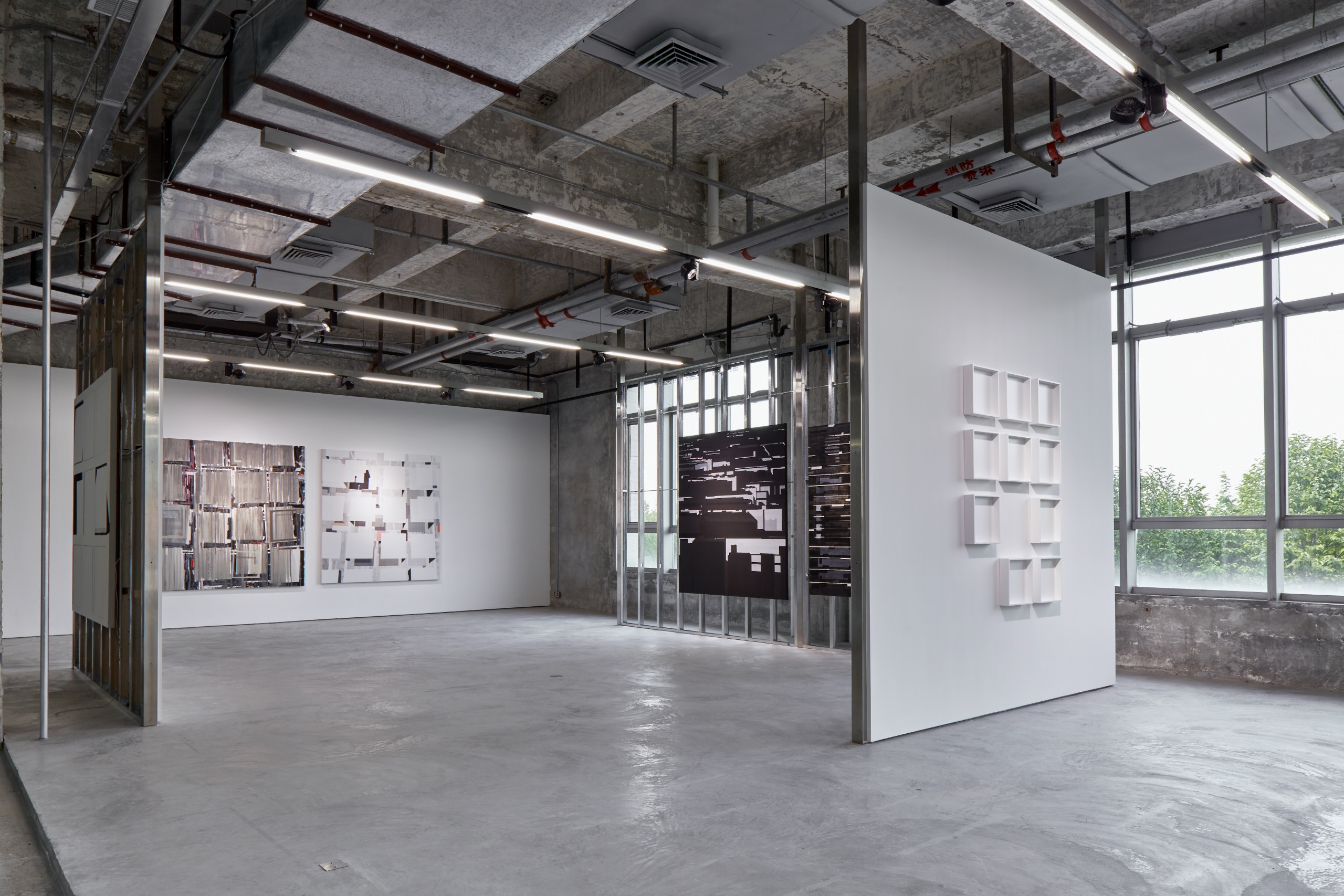
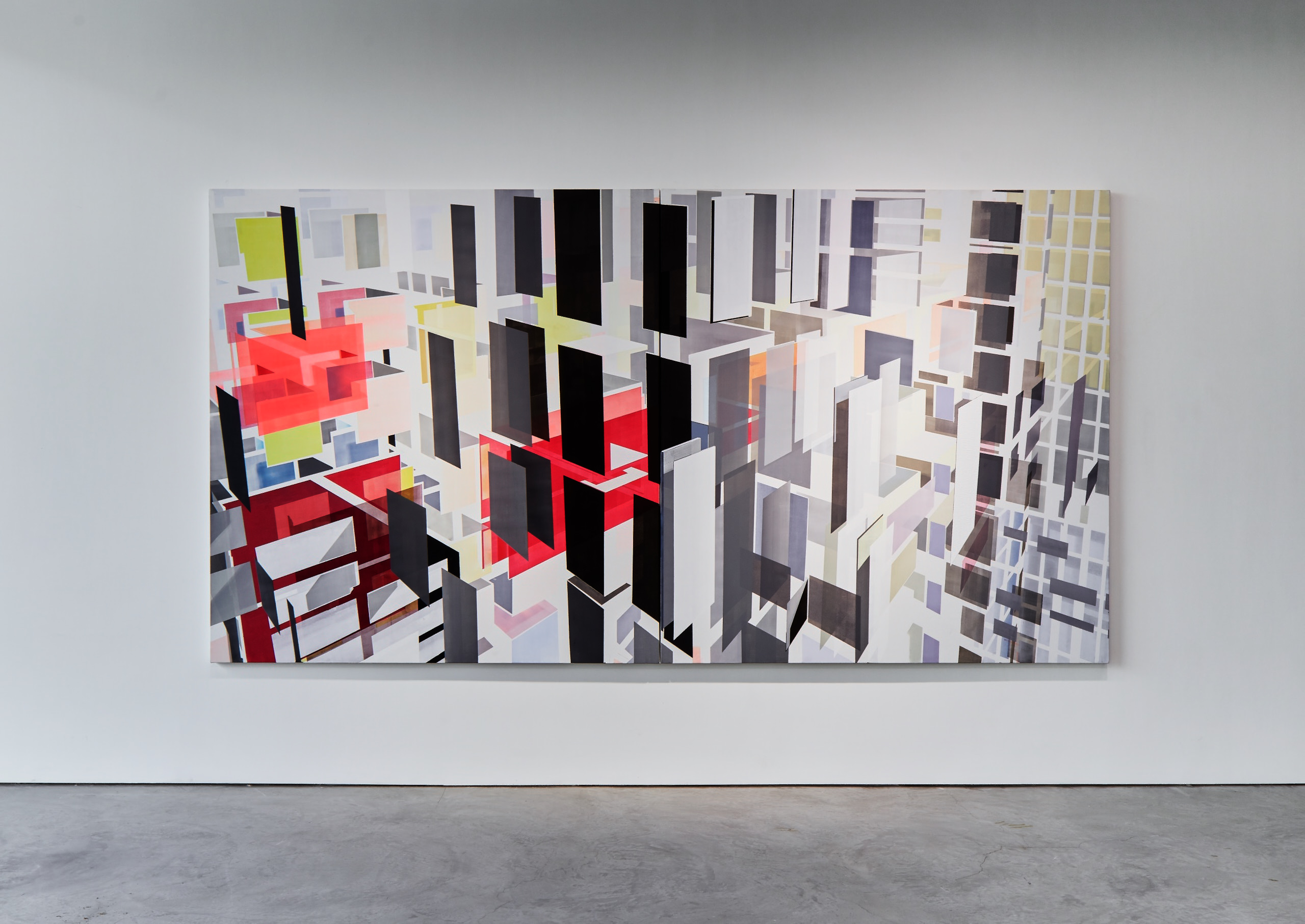

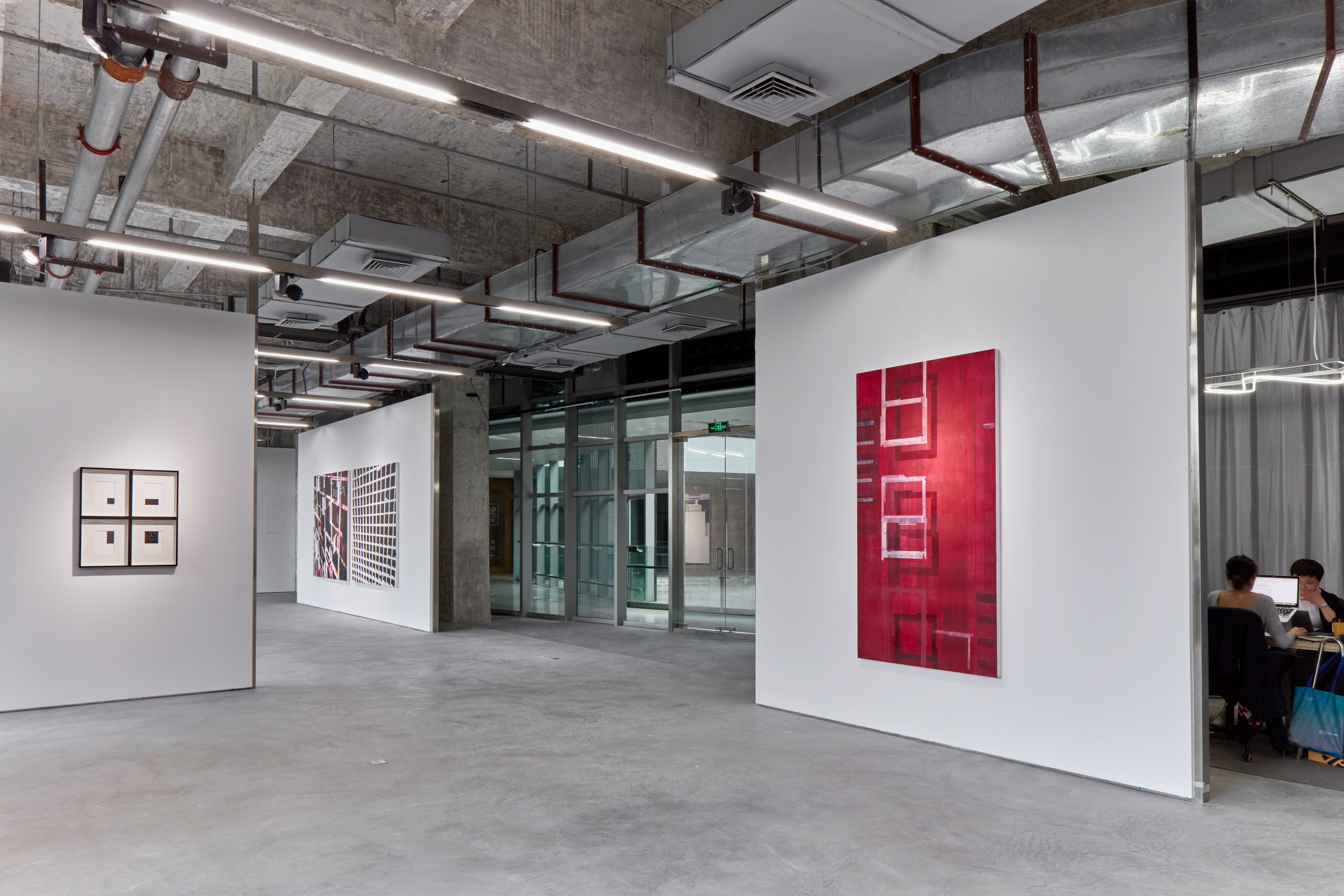
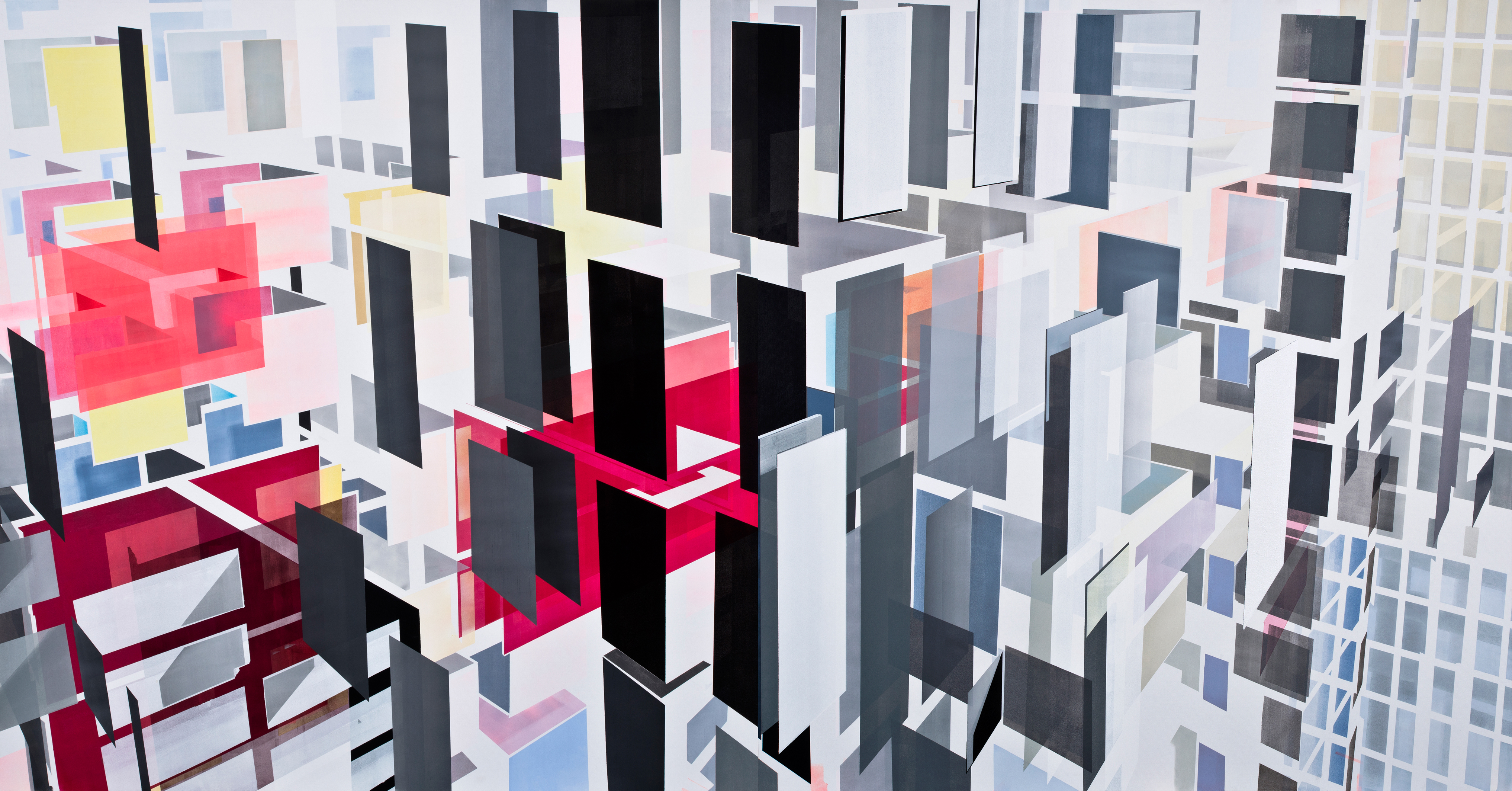
Acrylic on canvas
195 x 370 cm
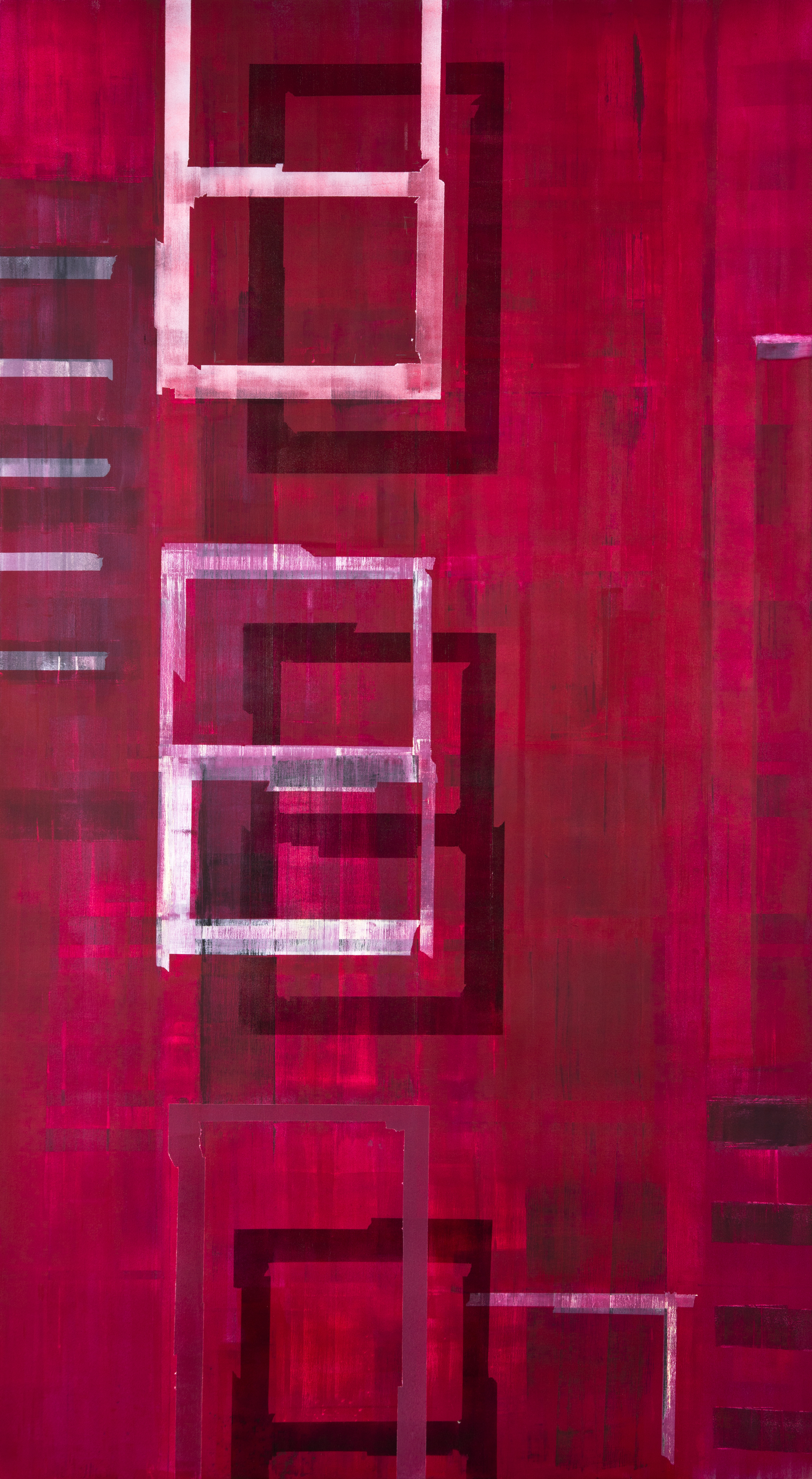
Acrylic on canvas
200 x 110 cm
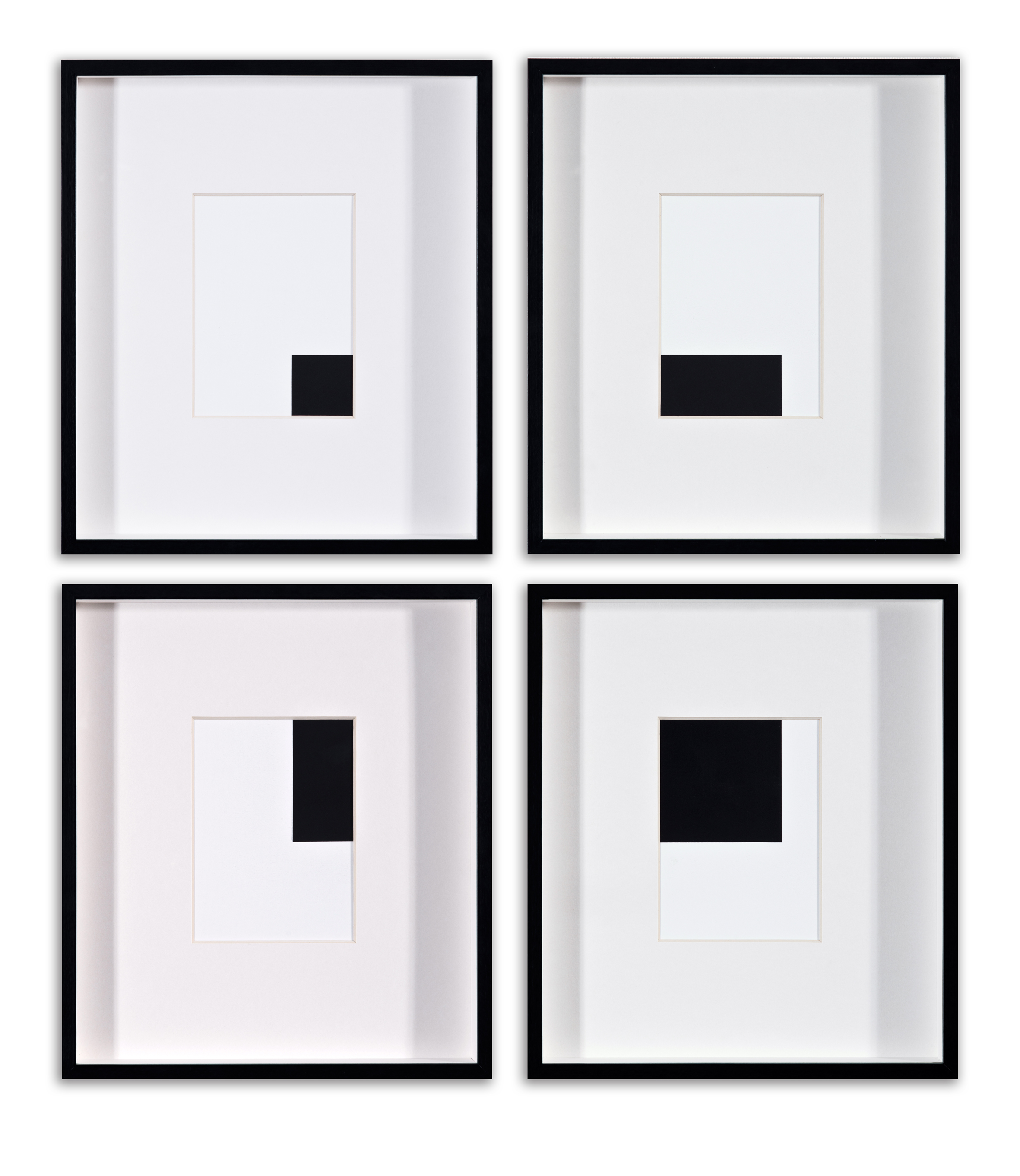
Framed collage
40 x 35 cm each
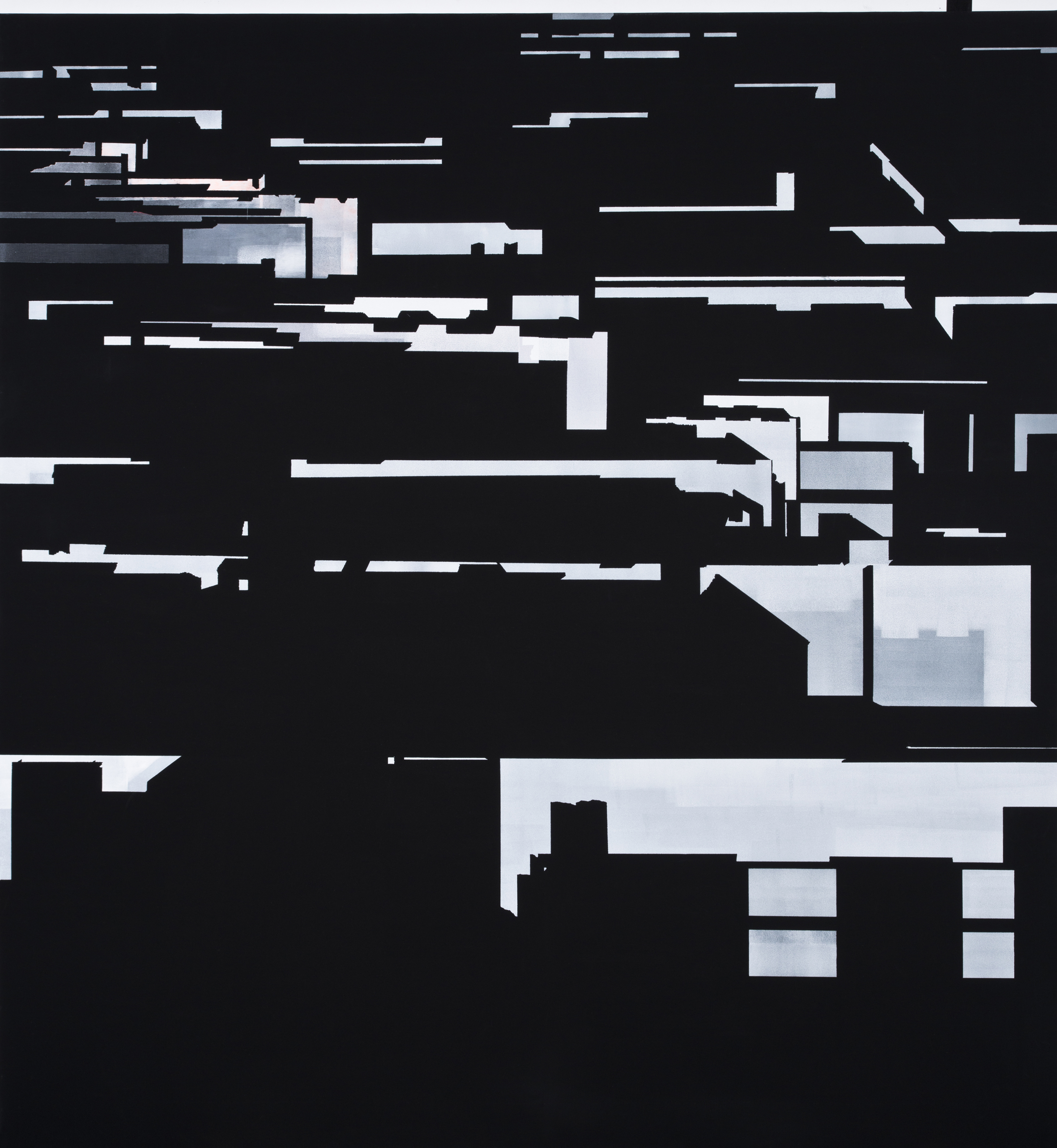
Acrylic on canvas
195 x 180 cm
